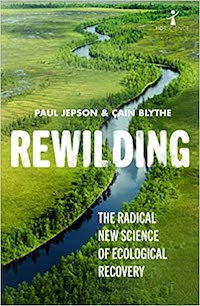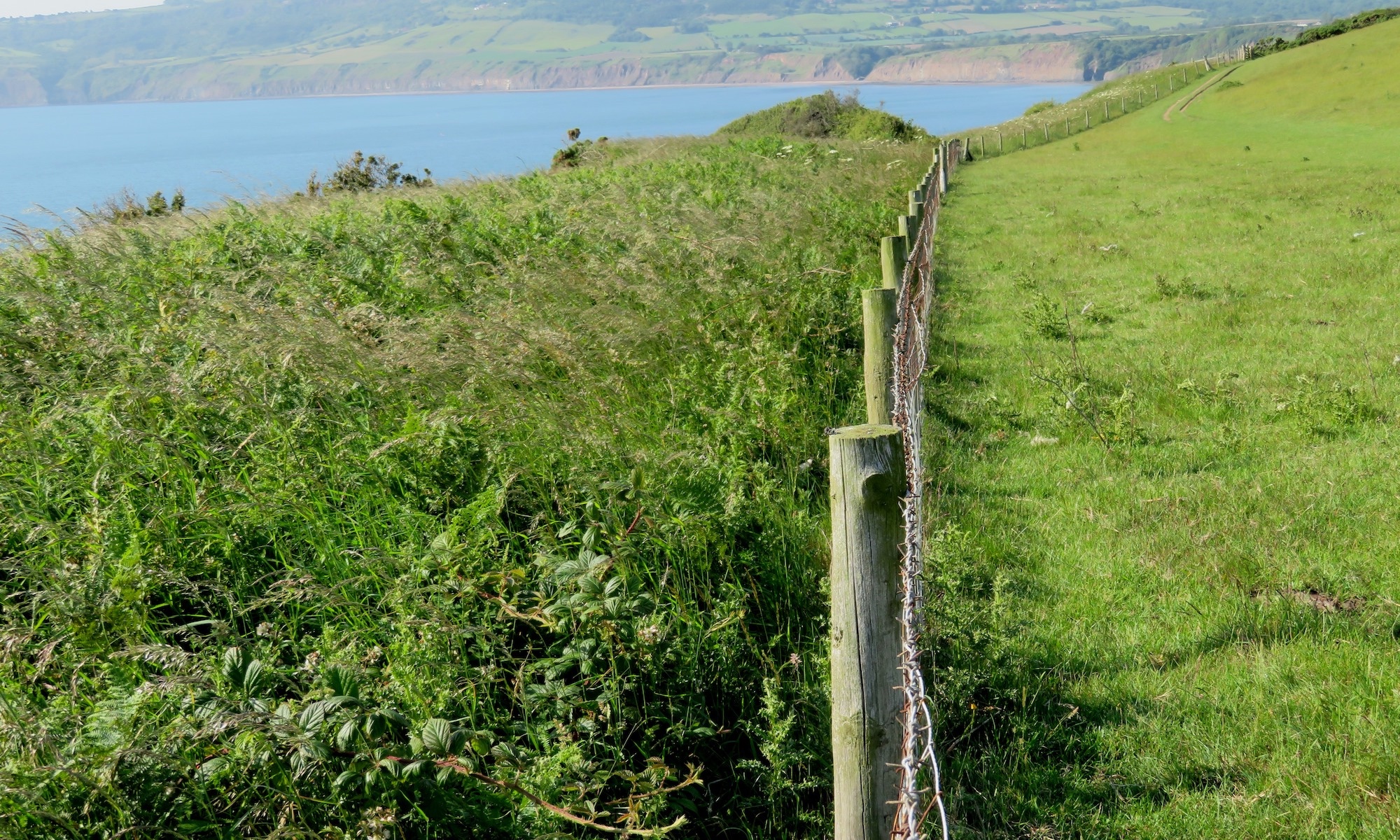by Cain Blythe
29th July, 2021
The UK Government has a target in its 25-year environment plan to restore 75% of our one million hectares of terrestrial and freshwater protected sites to favourable condition. This is a challenging target considering that in 2020 only 16% were in this condition!
With climate change intensifying and higher rainfall recorded, flood risk is a serious concern along many waterways. Conventional engineered flood defences cost millions of pounds, cause massive disruption and, in some instances, are not resilient to climate change. Whilst we can’t do away with such defences, it is recognised that they are often detrimental to downstream communities and local wildlife and habitats, as they simply divert and speed up water flows from one location to the next.
Despite these challenges…. there is good news! And encouragingly it is in the form of a nature-based solution, referred to as natural flood management or NFM. This is the practice of putting in place a collection of features and activities that are sympathetically integrated into the landscape to reduce flooding, such as those in West Yorkshire, installed to protect over 3,000 homes, following the tragic Boxing Day Floods.

The really good news is that there are also bundled benefits that arise from NFM, much like we see with many rewilding projects. In fact, having been involved in the delivery of NFM projects in the UK, most recently on the River Soar in Leicester, I have reflected how NFM practices align with core rewilding principles – often without realising it!
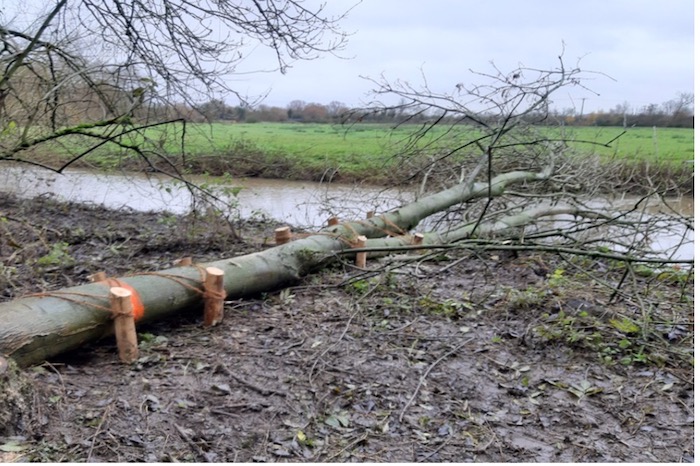
Below I’d like to consider how NFM and rewilding are compatible nature-based solutions:
Letting nature lead – river catchments are naturally dynamic. Water will find its own path, silts will accrue where they can and vegetation will quickly establish. An understanding of natural processes can determine what NFM features are most appropriate – whether its installing a leaky dam, withy bund and fascines (bundles of brushwood), or introducting sustainable grazing, or our favourite ecosystem engineer – the beaver – all have an important role to play.
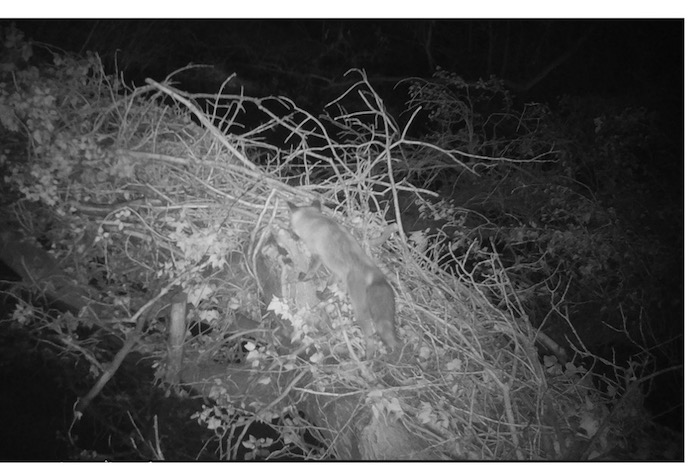
Working at nature’s scale – simply put, the more NFM activities that occur over a larger area, the better it will be for flood mitigation and improvements to biodiversity. We only need to look to the Rhine catchment in the Netherlands to witness what a positive impact catchment scale NFM projects can have.
Complementary conservation – many of the UKs protected sites and priority habitats and species benefit from the presence of NFM features. Whether it’s providing spawning sites for fish, silts in which aquatic plants can grow, or even just provide a wooden bridge for a fox to cross a river, NFM projects will often enhance local conservation efforts.
Acting in context – a wide range of NFM features can be installed to attenuate waters including ponds, scrapes, banks, diversions, bunds and dams. Taking inspiration from nature, such features can be highly sympathetic to the local landscape and often allow historic features to be restored.
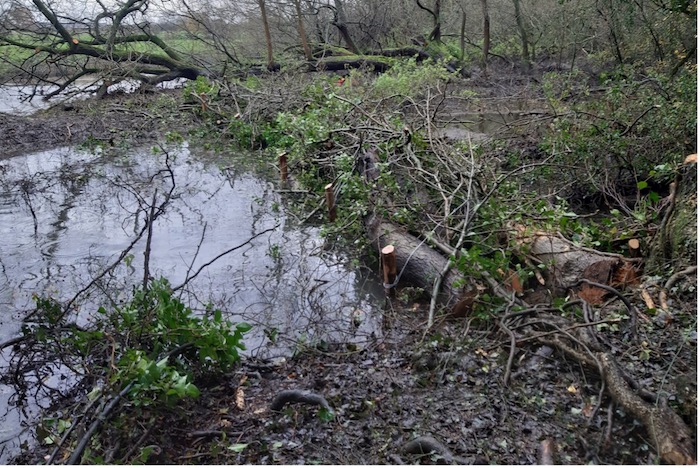
Offering natural solutions – whether to reduce flood events, minimise public spend, or increase biodiversity, NFM offers an all-round solution to our combined climate and ecological emergencies, as well as providing an important public asset that can be enjoyed into the future.
People are key – mitigating flood risk through NFM not only makes a difference to those whose lives are affected by flooding. It also creates green spaces where people can connect with nature and improve their quality of life. NFM solutions have greatest value where people can see that their needs have been taken into account.
Working together – NFM projects necessitate inclusion of a wide range of stakeholders from the outset. Whether those whose land is to be used, those who are responsible for protecting people’s homes or getting communities involved in delivering the work – the problems and solutions that inevitably arise can to be shared by all to achieve the best outcomes.
Building nature-based economies – On a larger scale a complex of NFM features has potential to attract visitors, which in turn allows local people to offer goods and services and create new jobs. A fantastic example of this can be seen at Gelderse Poort in the Rhine River Delta.
Thinking creatively – NFM techniques allow for the use of natural materials such a tree trunks, brash from branches, stakes cut on site and twine made of hemp. Soils can be mounded, vegetation established and there’s no need for metal or concrete!
Knowledge exchange – there is now a growing community of landowners, agencies and experts all sharing in their experiences of what works well and where things haven’t worked so well. One valuable resource is the website: Catchment Based Approach – CaBa.
Nature education – whether it’s the creation of new habitats, improving biodiversity, improving water quality, reducing erosion, mitigating impacts of climate change, or simply providing a wilder place for people to enjoy, NFM projects have a lot to offer. As such I would encourage you all to spread the word and perhaps see if there are local projects that you can support.
As many of you will appreciate, one of the reasons that we love rewilding so much, is that Provides hope and purpose – the final rewilding principle. My hope, is that after reading this blog, you will agree that there are a range of ways that rewilding can be practically integrated into our land management practices in the future and that Natural Flood Management offers a key solution to help us restore our rivers throughout the UK.
With over 20 years experience, Cain specialises in rewilding, habitat restoration, nature recovery and the use of technology in conservation. He is the co-author of the book Rewilding: the radical new science of ecological recovery
Cain is focused on delivering solutions that ensure attractive and healthy places for people, and which also provide havens for wildlife. He has presented to a variety of audiences on biodiversity-related subjects across the UK and in Europe, and is currently involved in innovation relating to biodiversity monitoring, measurement and automation, rewilding, blockchain and landscape-scale habitat restoration.
